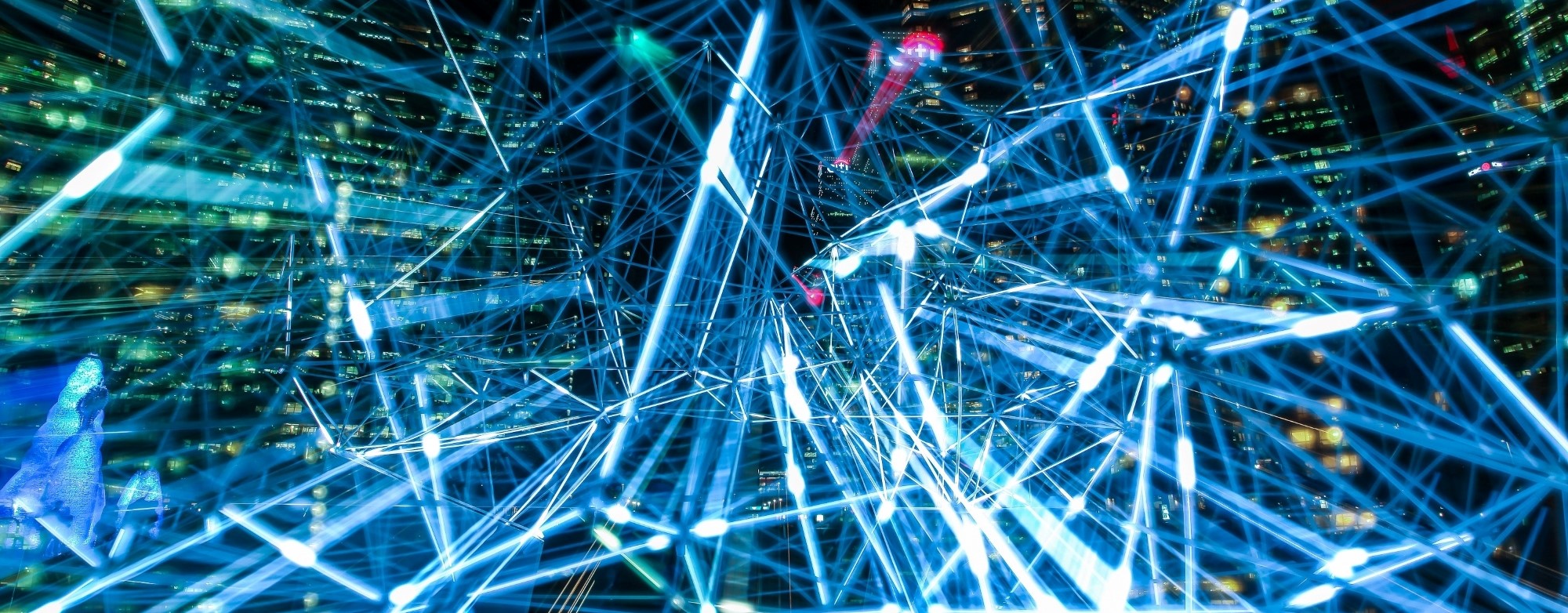

Artificial intelligence (AI) has emerged as an important tool in the fishing industry, facilitating more sustainable and efficient practices. By enabling the analysis of vast amounts of data in real-time, AI can provide fishers with valuable insights, helping them optimise their catch while minimising their impact on the environment.
In addition to enhancing operational efficiency, AI tools have the potential to significantly reduce monitoring costs and improve fisheries management. Examples include automatic video footage evaluation aimed at ensuring compliance with catch limits, bycatch, and discard restrictions, as well as enhanced fish stock assessment.
As the fishing industry faces mounting pressures from overfishing and climate change, AI is expected to play an increasingly vital role in promoting sustainable practices and securing the long-term viability of the industry.
Privacy compliance is a significant challenge when implementing remote electronic monitoring systems on fishing vessels. Fishermen are understandably concerned about being continuously filmed, which can create issues with human privacy regulations. To address this challenge, we offer an AI solution for face and human body recognition and blurring.
Currently, we offer two solutions to mitigate these privacy concerns. The first solution is a camera with built-in machine learning models that automatically blur all video data. The second solution is a post-processing machine learning model that performs face blurring on request.
By leveraging advanced AI technology, we can help fishing vessels comply with privacy regulations while simultaneously ensuring efficient and effective monitoring of fishing activities.
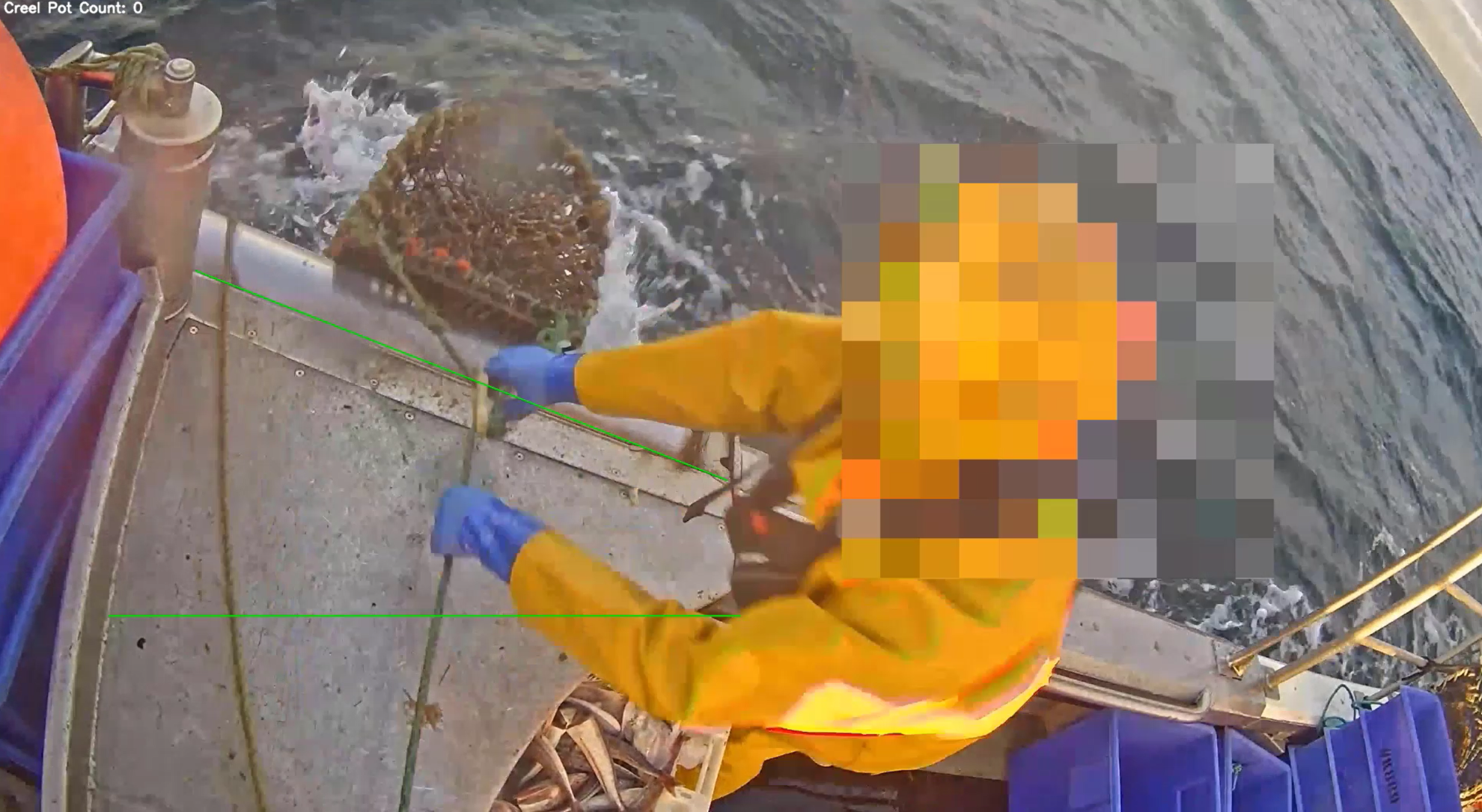
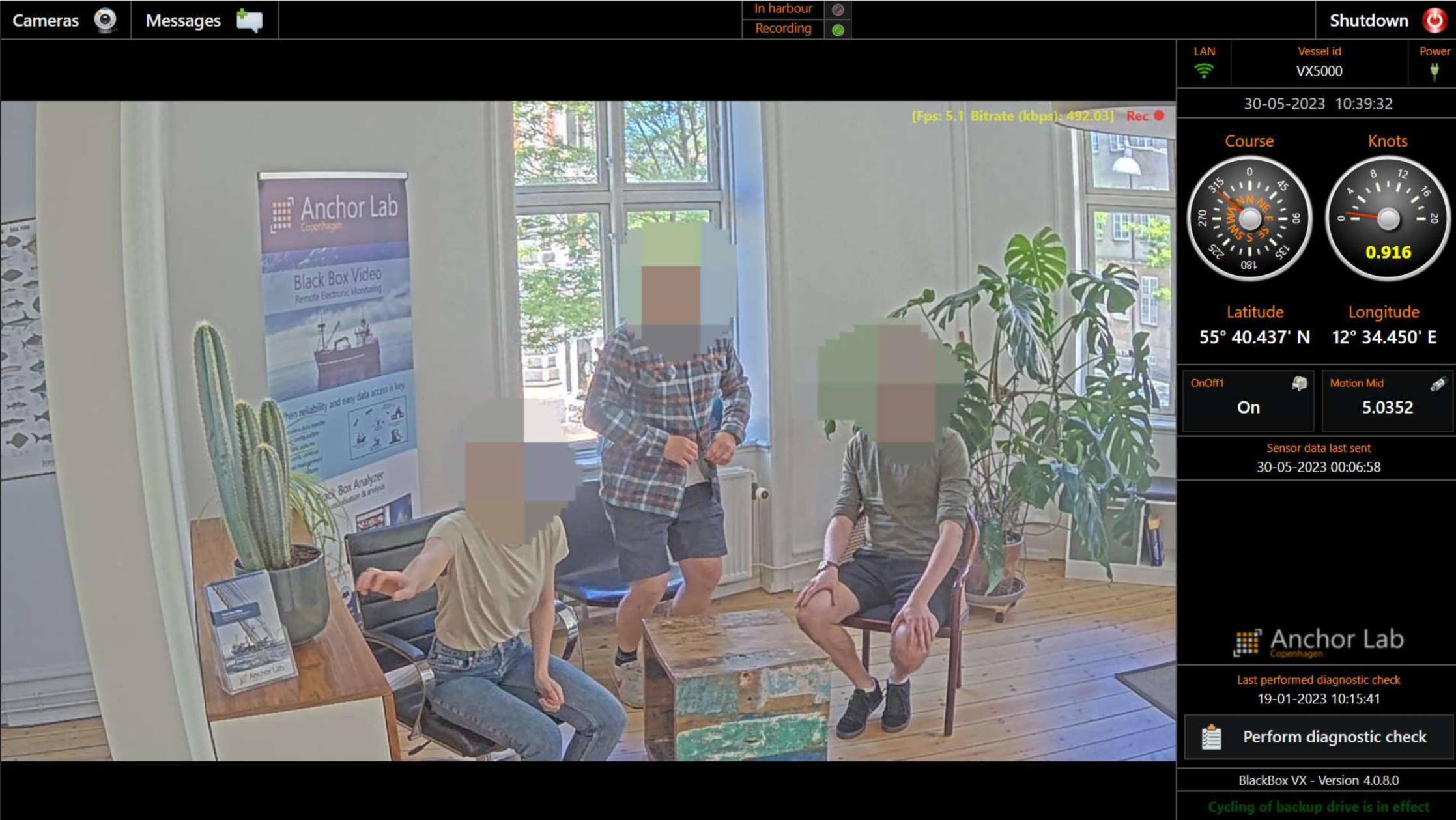
In collaboration with Marine Scotland, a state-of-the-art automatic creel detection and counting module has been developed. This innovative technology is designed to detect and track creel pots as they are being pulled out of the water and onto the vessel. The module is equipped with advanced algorithms that enable it to accurately count the number of creel pots that pass a specified marked area.
You can see the creel pot counter results in the top left corner of the video.
This groundbreaking technology has the potential to significantly improve the efficiency and accuracy of creel counting in the fishing industry, ultimately contributing to sustainable resource management practices.
We have developed the Protected & Endangered Species Detection module, which represents a significant advancement in the field of conservation and wildlife management.
Our module has been specifically designed to detect and identify a range of endangered and protected species, including harbour porpoises, sharks, and various types of birds. In order to meet the diverse requirements of different use cases, we have made sure that the module is easily customisable and updated regularly with new species.
With its sophisticated capabilities and reliable performance, this module has the potential to revolutionise the way in which we monitor and protect endangered species, helping to ensure their survival for generations to come.
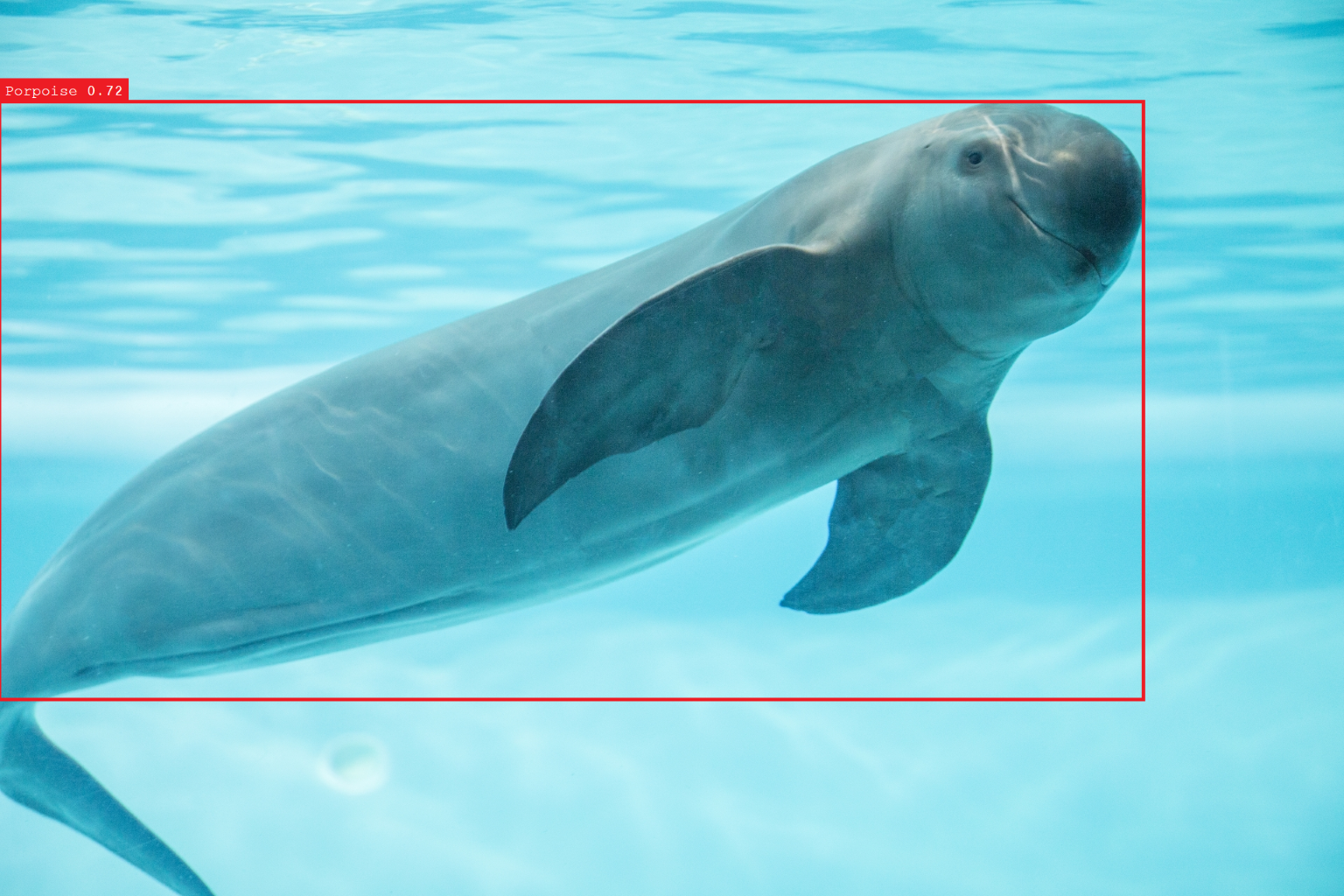
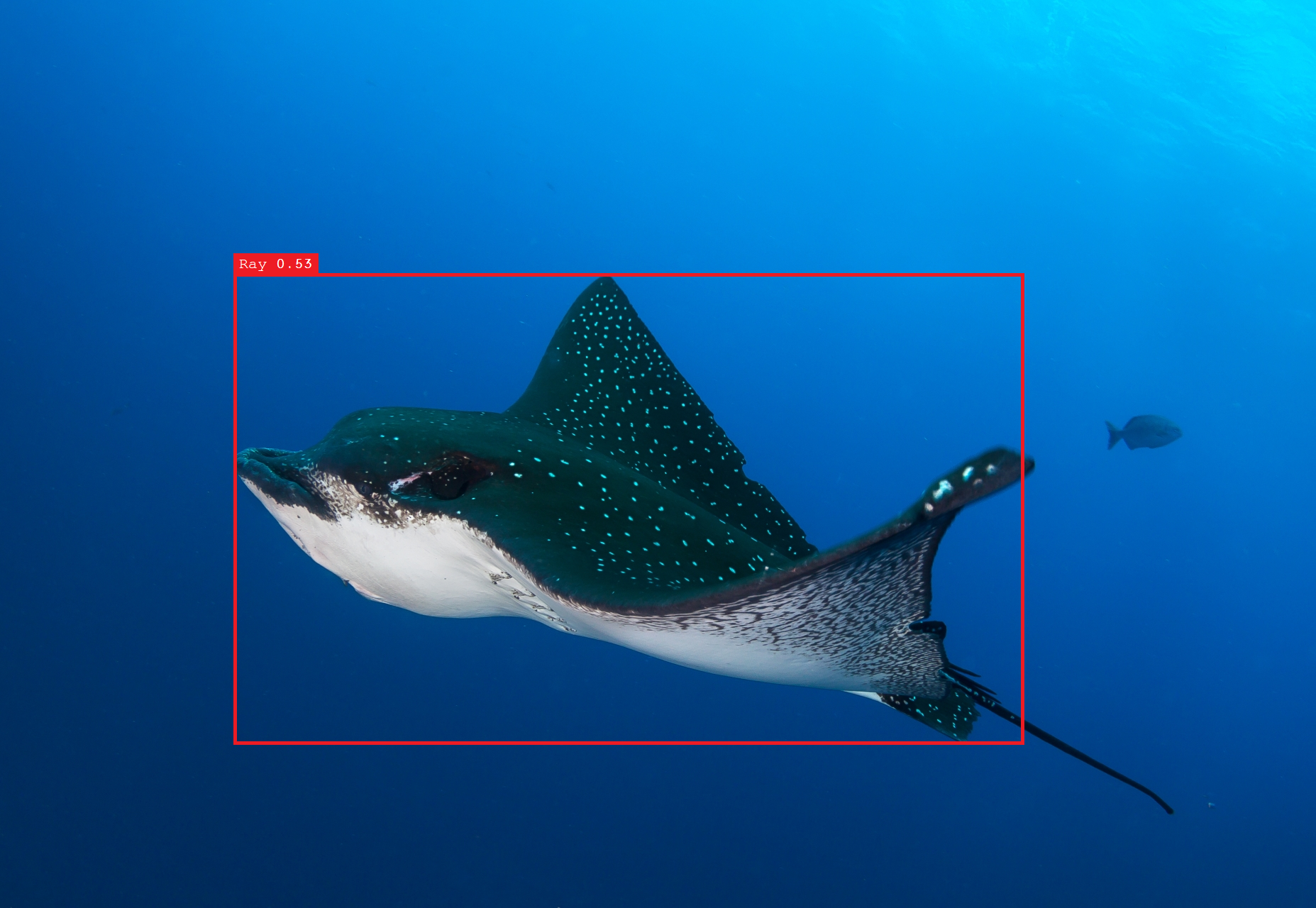
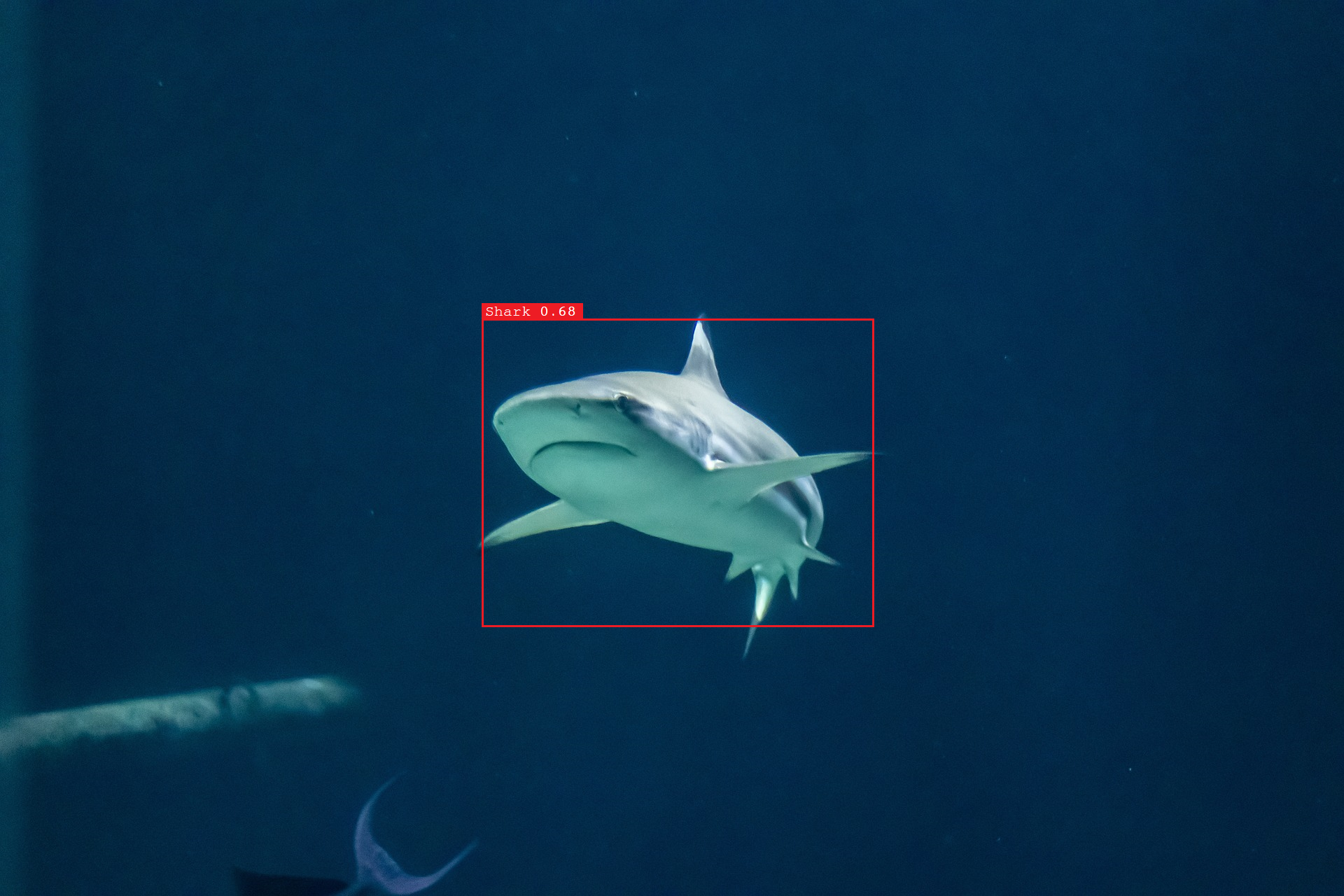

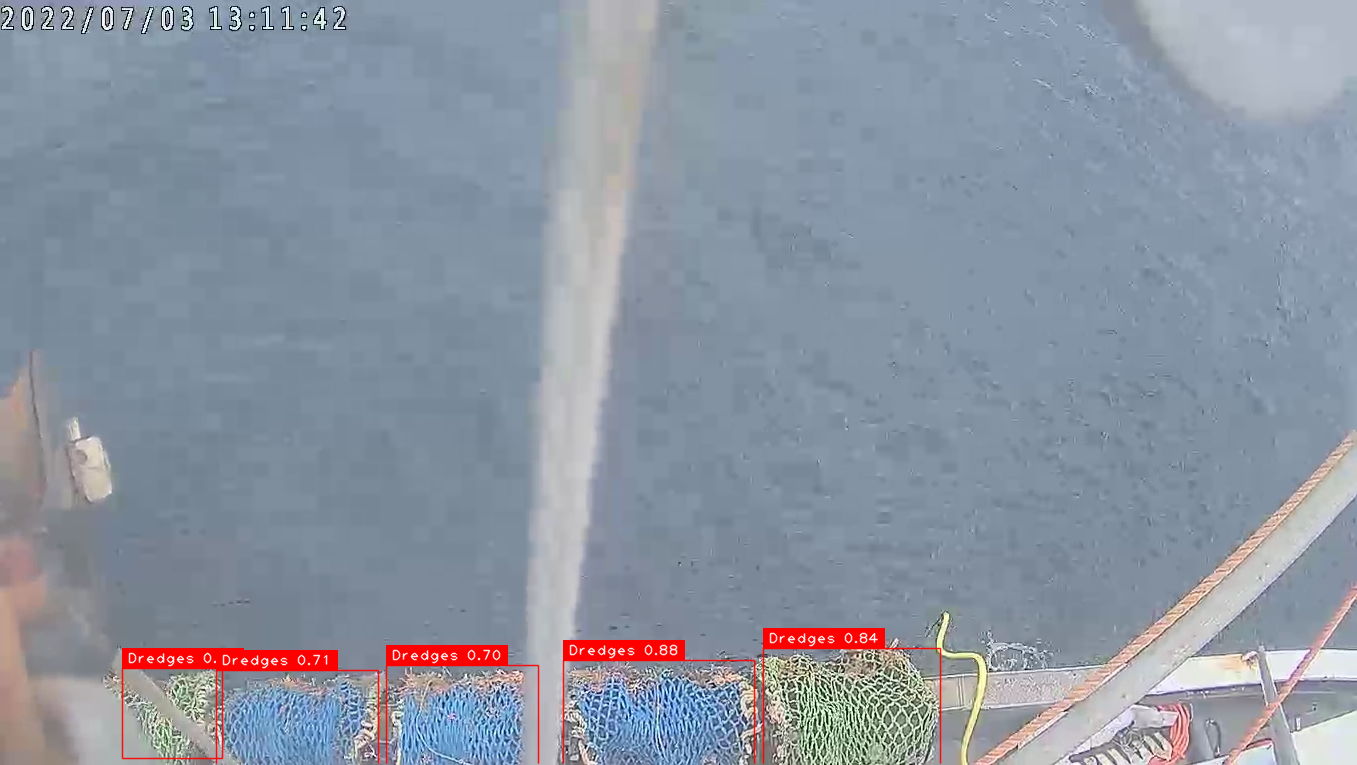

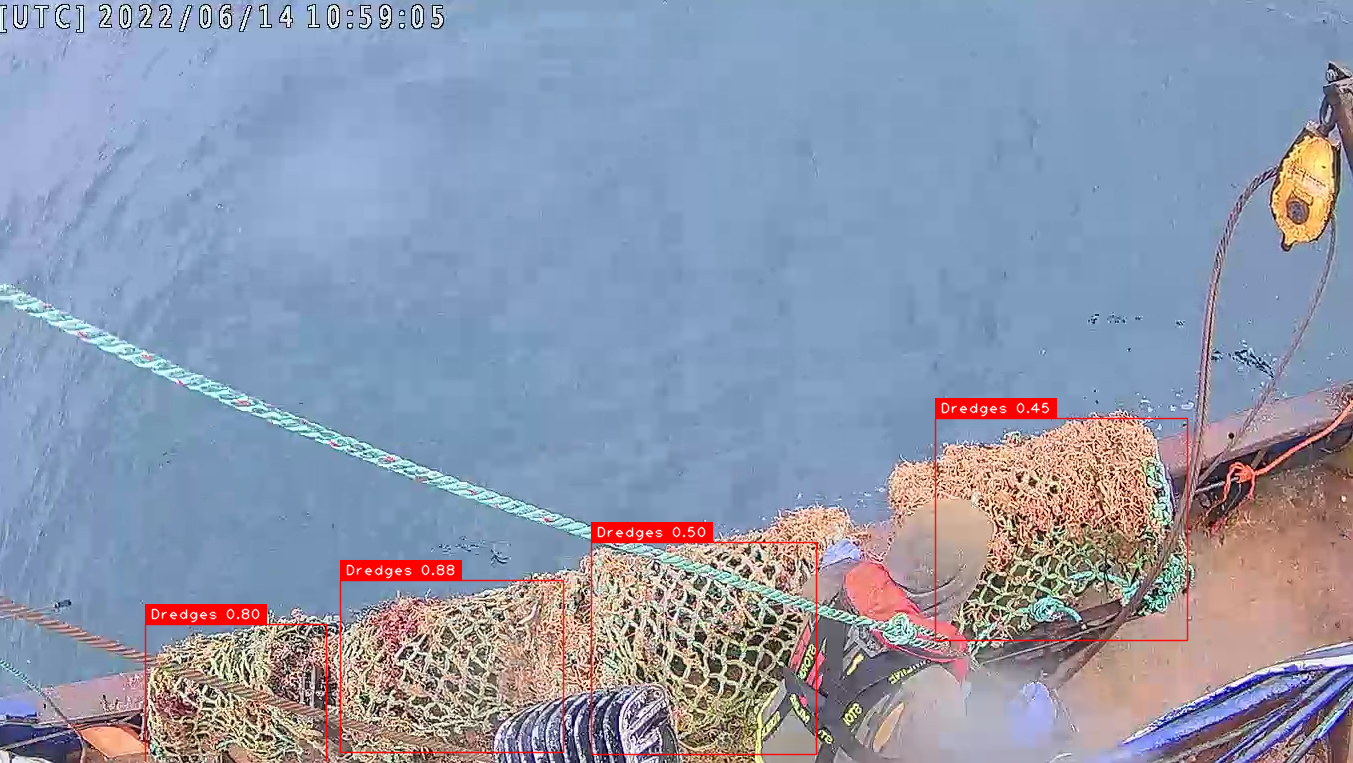
Dredging, a fishing method that involves dragging a dredge across the sea floor to either scrape or penetrate the bottom, has become subject to increasing environmental regulations worldwide due to its potential negative impact. One of the challenges of regulating dredging is the difficulty in manually controlling the fishing gear quantities used.
To address this issue, we have developed a Dredge Detector module that is incorporated into the Black Box Analyzer system. The module is designed to detect the use of dredges and count their frequency. By regulating the use of dredging, our module plays a crucial role in promoting sustainable fishing practices and ensuring the long-term viability of the industry.
In collaboration with Fisheries Queensland, we have developed a sophisticated machine learning model that is capable of detecting and tracking spanner crabs as they are being harvested. Our model demonstrates the potential to accurately count the number of crabs retained, providing a new level of insight into commercial fishing operations.
To achieve this, we have installed electronic monitoring technology, including cameras, sensors, and image recognition software, on a range of commercial fishing vessels over a period of six months.
While electronic monitoring technology is already used in commercial fishing fleets worldwide, the process of reviewing video footage is often carried out manually by fisheries agencies. Our project aimed to automate this process and ultimately provide a "digital observer program" that could eventually replace logbooks currently filled in by commercial fishers. By automating this process, our technology streamlines monitoring and compliance, while promoting sustainable fishing practices in the industry.
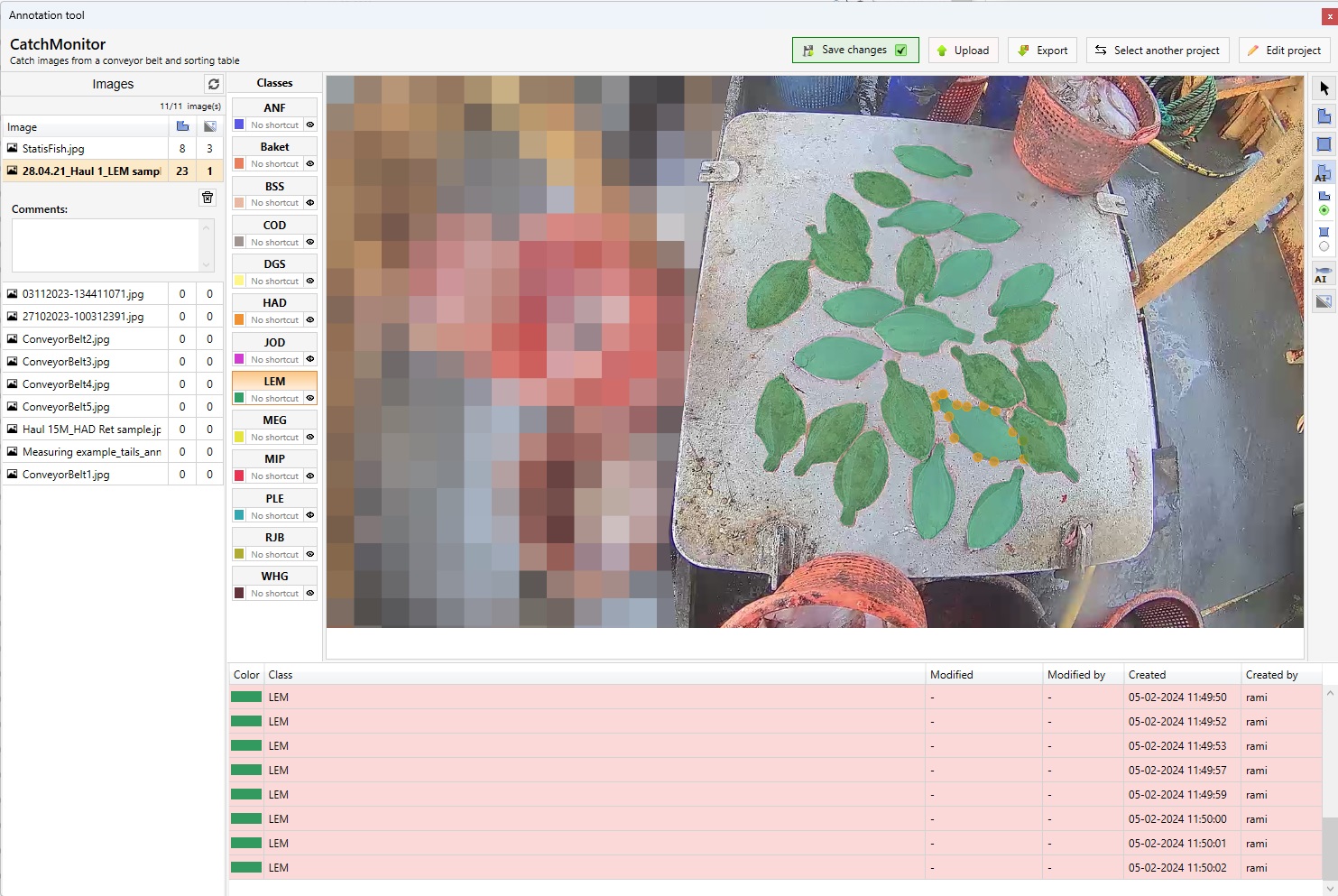

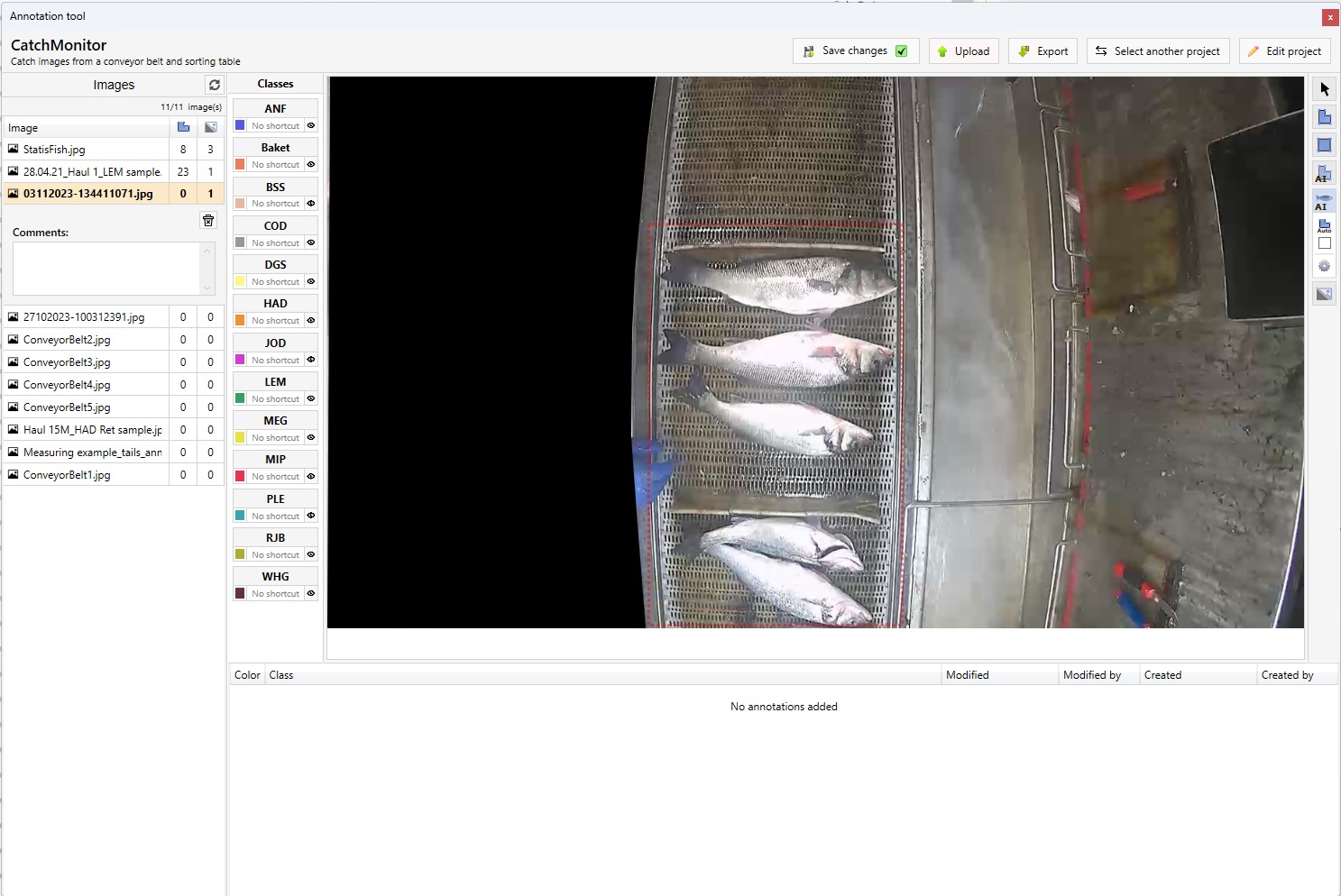
The AI Assisted Annotation Tool is a powerful solution designed to streamline the annotation process for images, particularly focusing on object segmentation, with a specific emphasis on fish annotation.